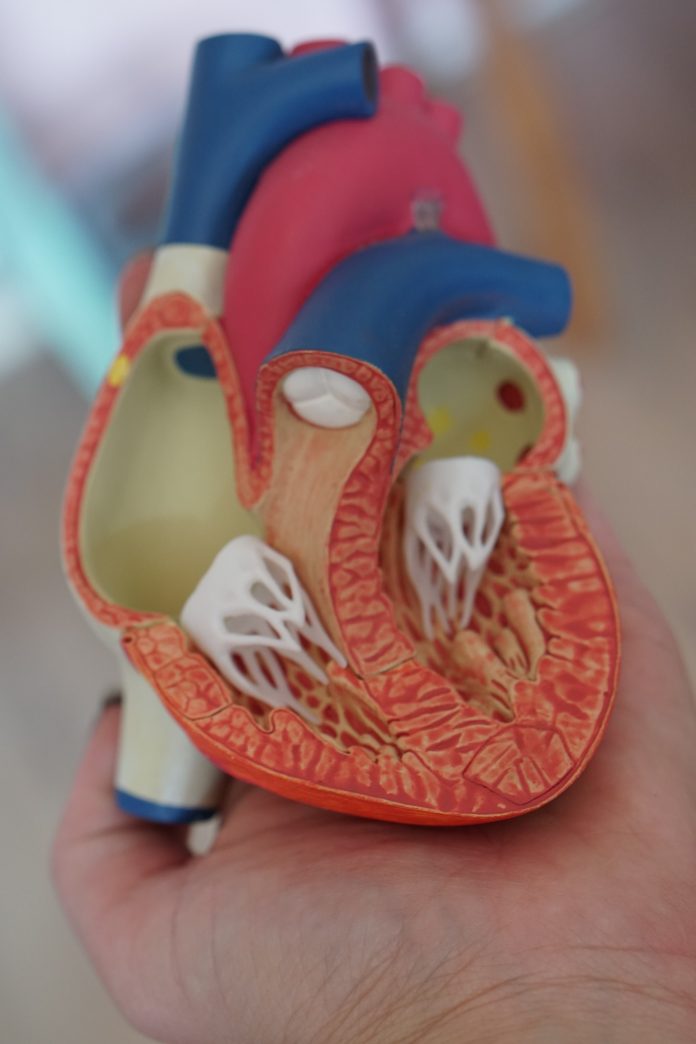The Lesser Known Heart Problem: Mitral Valve Prolapse
Most people assume the main issues of heart disease are high cholesterol, high blood pressure, and other mainstream contributors. While these are common factors, it’s important to know that heart problems also stem from functional problems with the organ itself. One of these functional problems is mitral valve prolapse disease (MVP) which can be a connective tissue issue or one a cellular communication issue.1
What is mitral valve prolapse?
The mitral valve is a tendinous connective tissue that helps control blood flow in and out of the heart and its chambers. The mitral valve is the part of your heart that keeps oxygenated blood moving up and out to the body.
When there is a mitral valve prolapse, insufficient blood feeds the body, and symptoms can occur, such as fatigue and heart rhythm disruptions.2,1 Often, the condition is asymptomatic. Like some types of heart disease, MVP is often an inherited condition and unavoidable despite lifestyle factors.2
Mitral valve prolapse is a pervasive condition putting many at risk of death from heart disease symptoms. Approximately 200 million people worldwide are presumed to have some form of MVP.2
How is this condition diagnosed?
Since MVP affects up to 2.6% of the population, one wonders how diagnosis works and who is at risk.3 The presence of the blood backflow, described earlier, is called mitral valve regurgitation.
Regurgitation can be heard with a stethoscope and seen with advanced heart imaging techniques.2,3 Many times, patients have no heart disease symptoms and don’t even know there’s a problem until they visit the doctor for something else.
Who is at risk?
Several hereditary conditions predispose someone to develop MVP, and many are female.2,4 Since the mitral valve is tendinous tissue, those with preexisting connective tissue conditions are often found to have some degree of MVP.
For example, Marfan syndrome is a hereditary disease affecting connective tissues, muscles, and bones. Osteogenesis imperfecta is another rare but high-risk condition that affects the bones, muscles, and connective tissues. People with these concerns are at an elevated risk of having MVP.2
Treatment options
Multiple treatments exist for MVP. When heart disease symptoms arise, and MVP is diagnosed, surgery is a great option to repair the damaged valve. Another surgical option addresses sudden cardiac death syndrome and cardiac arrest. Surgical implantation of a heart defibrillator that can reset the heart when it goes into a lethal rhythm proves lifesaving for many patients.2,4
For those not candidates for surgery, there are options to control symptoms, reduce the risk of cardiac arrest, and manage potentially lethal heart rhythms.4
Pharmaceuticals are options for controlling symptoms of mitral valve prolapse and possibly the connective tissue issue. These medications aim to reduce the chance of backflow through the mitral valve by decreasing the pressure and force of blood moving through heart valves. Drug interventions don’t address the cause of MVP but are viable options for those living with mitral valve prolapse while reducing their risk of death.
With technological advances, the medical community continues to learn more about mitral valve prolapse and its heart disease-related symptoms. More knowledge means better diagnoses, preventive measures, and treatment options for this lesser-known issue relating to heart disease.
References
- Tsang W. Recent advances in understanding and managing mitral valve disease. F1000Res. 2019;8:F1000 Faculty Rev-1686. Published 2019 Sep 24. doi:10.12688/f1000research.16066.1
- Morningstar JE, Nieman A, Wang C, Beck T, Harvey A, Norris RA. Mitral valve prolapse and its motley crew‐syndromic prevalence, pathophysiology, and progression of a common heart condition. JAHA. 2021;10(13). https://doi.org/10.1126/scitranslmed.adc9606
- Essayagh B, Sabbag A, Antoine C, et al. Presentation and outcome of arrhythmic mitral valve prolapse. J Am Coll Cardiol. 2020 Aug, 76 (6) 637–649. https://doi.org/10.1016/j.jacc.2020.06.029
- Basso C, Iliceto S, Thiene G, Perazzolo Marra M. Mitral valve prolapse, ventricular arrhythmias, and sudden death.Circulation. 2019;140(11):952-964. https://www.ahajournals.org/doi/10.1161/CIRCULATIONAHA.118.034075


